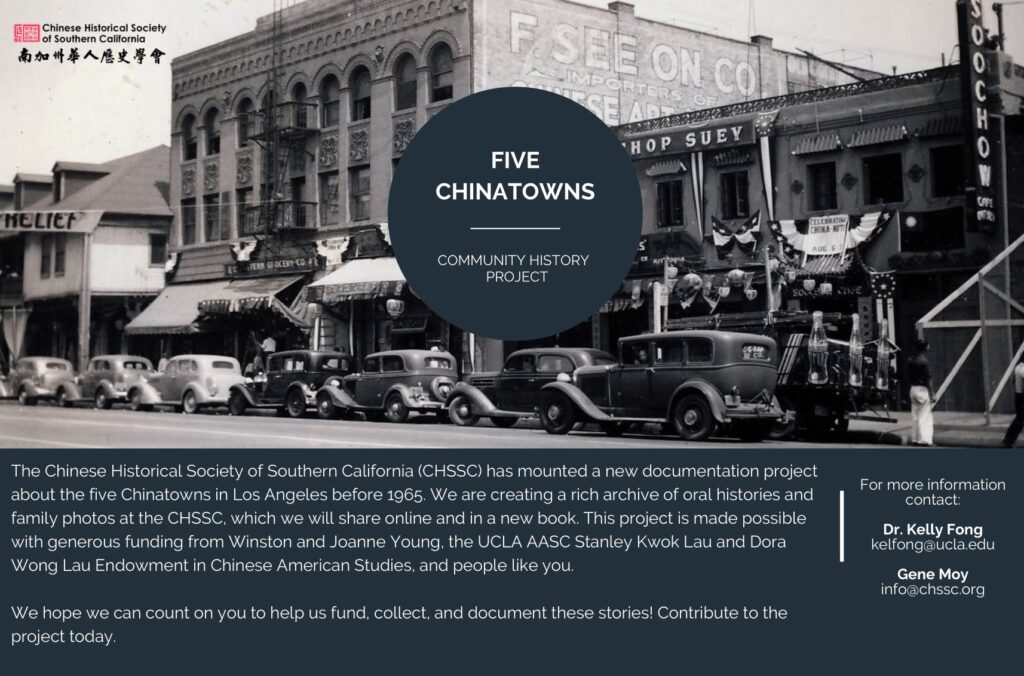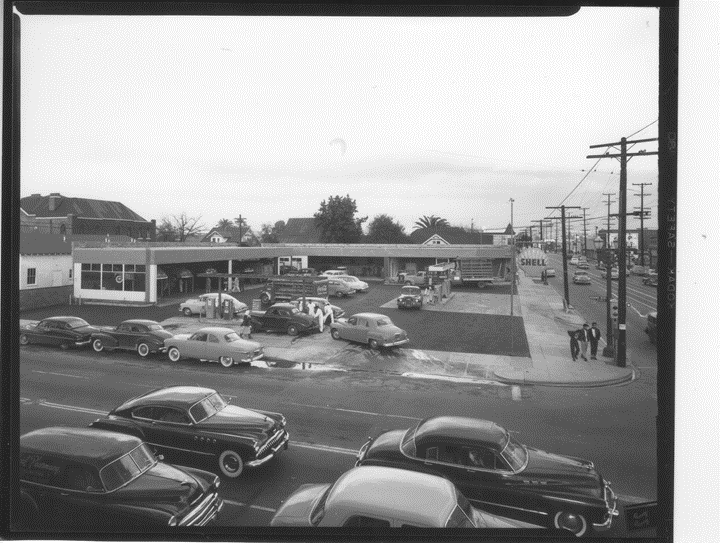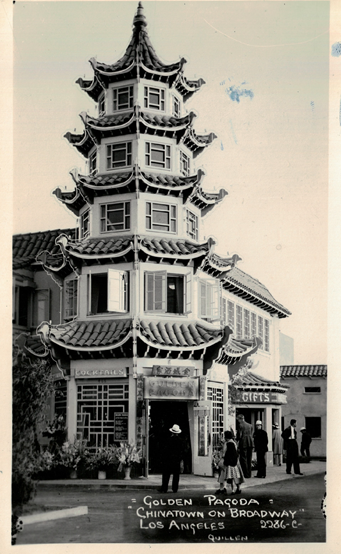The Five Chinatowns: A Community History

The Five Chinatowns: A Community History is a CHSSC research project that documents communities in Los Angeles that were central to the lives of Chinese American residents of the city during the period of Chinese American exclusion and restriction. David R. Chan dubbed these communities the “five Chinatowns” of Los Angeles. These communities emerged as part of the multi-ethnic core of the city in the period between 1882 and 1965. By the late 1930s, the construction of Union Station forced many Chinese American families and individuals away from the original Chinatown near the Plaza. Displaced from Old Chinatown by the efforts of city boosters and politicians to “revitalize” the Plaza, Chinese Americans turned elsewhere to re-establish their businesses, find better homes, and imagine new futures. Some in the community settled in the neighborhoods near the Ninth Street City Market or else further southward, into the multi-ethnic community surrounding East Adams and San Pedro streets. Others opened new businesses in China City or New Chinatown. Finally, a smaller number clung to their lives and livelihoods in what remained of Old Chinatown until the 101 Freeway and additional public acquisitions displaced them as well. Combining original oral history interviews, research with newspapers, census manuscripts, city directories alongside and private family collections, The Five Chinatowns addresses the specific ways that Los Angeles’s Chinese American population made home and created community in a frequently conflicted multiracial city.


